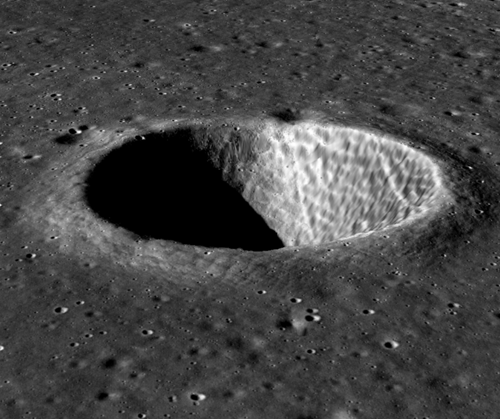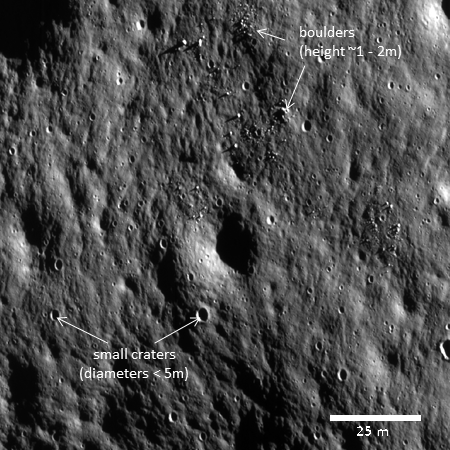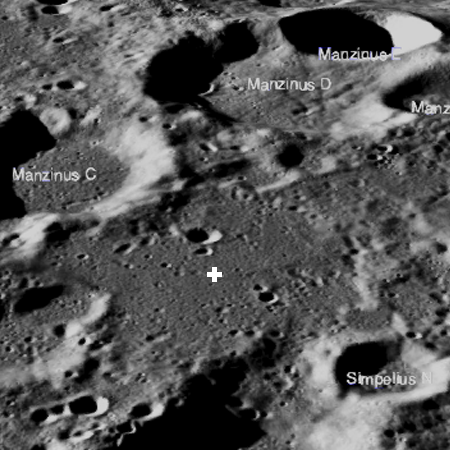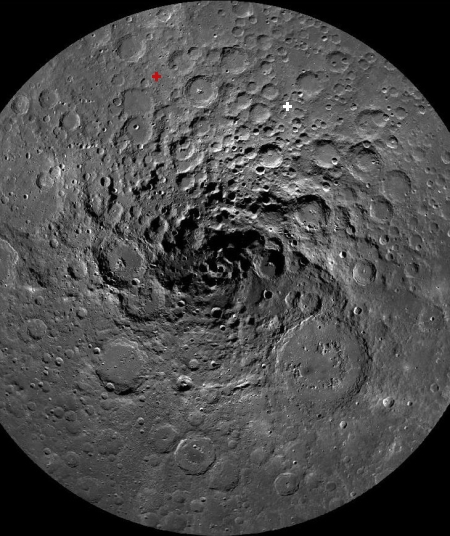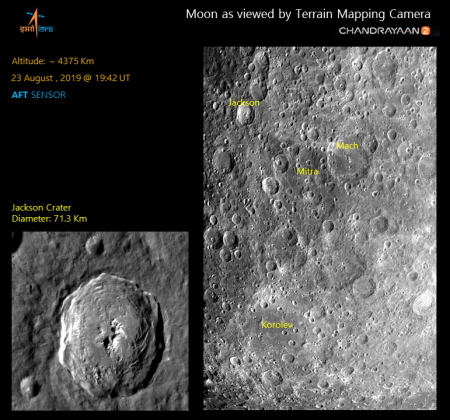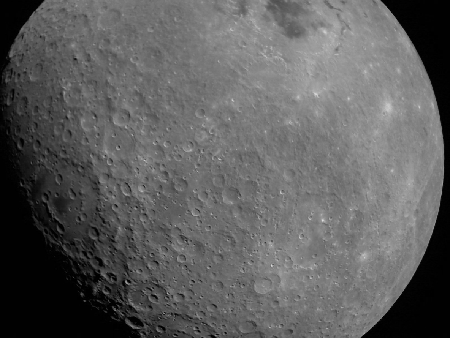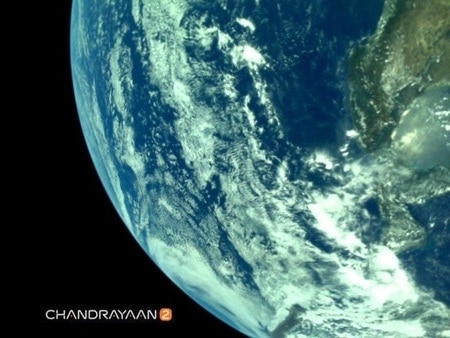India successfully launches Earth observation satellite plus 12 cubesats
India today successfully used its PSLV rocket to launch its own Cartosat-3 Earth observation satellite plus 12 cubesats for the commercial company Planet.
This was India’s fifth launch in 2019.
The leaders in the 2019 launch race remain unchanged:
26 China
18 Russia
11 SpaceX
7 Europe (Arianespace)
China leads the U.S. 26 to 23 in the national rankings.
India today successfully used its PSLV rocket to launch its own Cartosat-3 Earth observation satellite plus 12 cubesats for the commercial company Planet.
This was India’s fifth launch in 2019.
The leaders in the 2019 launch race remain unchanged:
26 China
18 Russia
11 SpaceX
7 Europe (Arianespace)
China leads the U.S. 26 to 23 in the national rankings.

